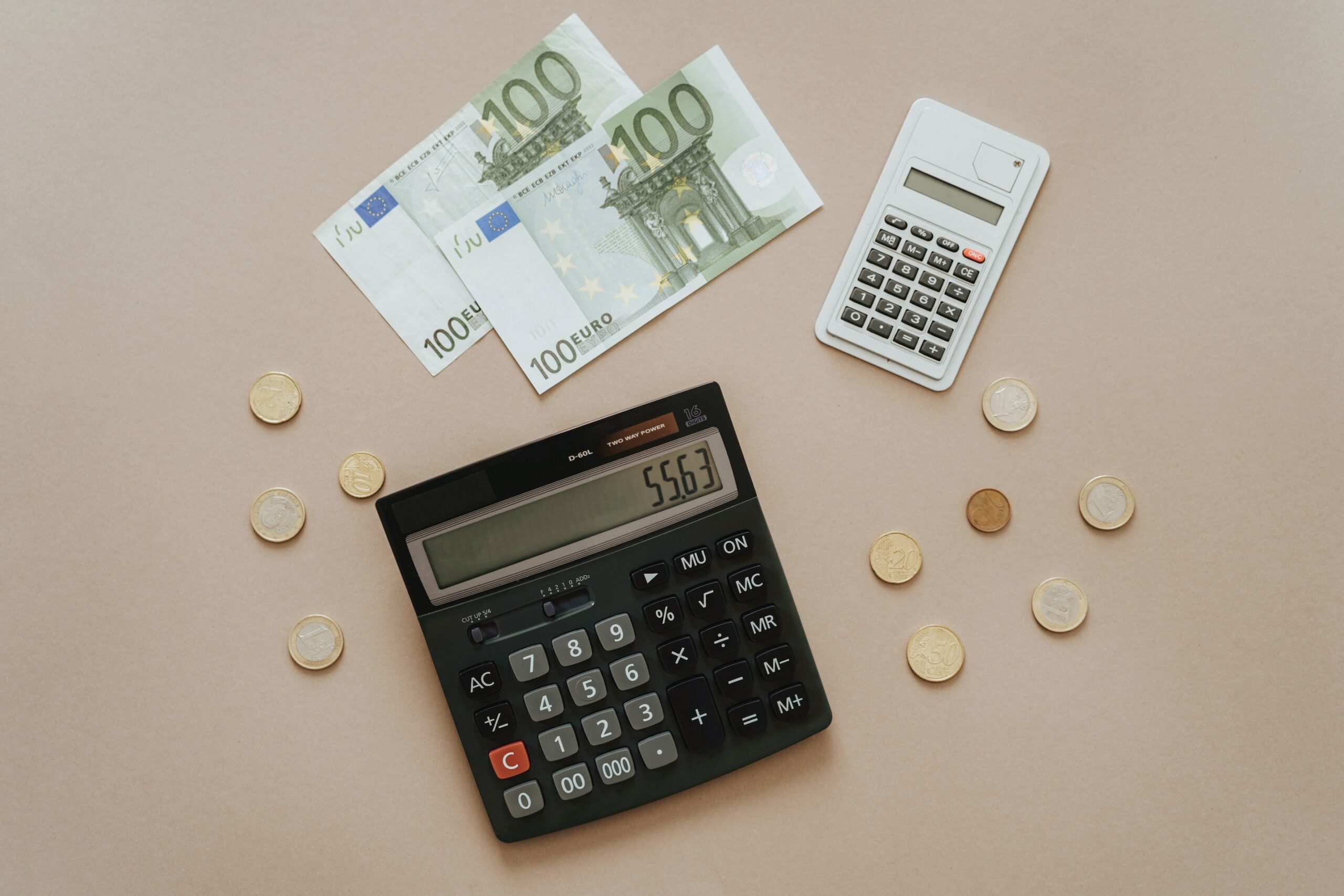Landing pages are essential for any online marketing campaign. Effective campaigns use landing pages to turn leads into conversions or to get traffic to commit to an action, like making a purchase or signing up for an emailing list.
In the following article, we’ll teach you what a landing page is and how to write one for your marketing campaign.
What is a Landing Page?
A “landing page” is a web destination, a page that someone lands on in an internet search query or while browning through a website.
How to Write a Landing Page
Professional marketers constantly research the best way to write landing pages. Web copywriters use these standards to create effective pages for their campaigns.
Below we have a simplified layout guide to help you write an optimized web page like a pro. Fill in each of these categories and you’ll have a well-crafted landing page in no time.
Above the Fold
“Above the Fold” is a term borrowed from the newspaper industry–it refers to content above where the paper is folded. In online marketing, content that goes above all the rest is seen first and generally most important to your landing page–this is referred to as content “above the fold.”
Things that go above the fold are:
Main Headline
Your headline tells your readers what to expect from your page. If it’s a functional page, like contact info or a sign-up page, you’ll want to label that clearly while getting readers interested with an engaging headline.
Sub-Header
A supporting headline helps you bolster the message in the main headline. This text is usually small and directly below the header. You can use this opportunity to include a little more detail that will further incentivize conversion.
Image
Your images can be just as important as your headline. Choose something that further illustrates the purpose of your page.
Call to Action
A call to action (CTA) is the goal of your page, it’s what you want your visitors to do. Make your CTA consistent and simple, like “click here to sign up.”
Below the Fold
The rest of the page is considered “below the fold.” This content is very important, as many visitors will scroll down and keep reading to gather more information about your products or services.
Details below the fold should include:
The Benefits
Create a section that demonstrates the benefits of your product or service. People scrolling through this page are deciding if this product will benefit them–think about the best way to describe the benefits of your product and make that information clear.
Social Proof
Many people are wary of ads but trust reviews from real people. Incorporate reviews and testimonials onto your page to showcase social proof. You can do this by embedding third-party links (to show reviews from Google or TrustPilot) or through a sliding reel of raving testimonials.
A Concluding CTA
The closing elements of your page are a good place for another CTA.
Strategize Your Campaign
Devise your campaign to draw traffic to your landing page.
The most successful online ad campaigns specifically target a group or demographic. Decide to whom you are advertising and why. Your “why” is the goal of your campaign–it can be to make a sale, create a lead or gain a subscriber.
Landing Page Goals
As previously stated, a good landing page will showcase clearly defined goals as part of a greater campaign.
Some of these goals could be:
- Converting visitors to subscribers, clients, or customers
- Purchasing one or more of your products
- Helping the visitor to reach you via phone or email
- Creating leads
How to Attract Readers
Once your landing page is written, get people to read your page with a strategic marketing campaign. The most successful campaigns target a specific demographic. Choose who you want to read your page and why.
Once you’ve defined your demographic and goals, move forward with the campaign via appropriate methods. Some options are PPC (pay-per-click ads), SEO (optimized search-engine listings), YouTube commercials, and social media campaigns.
Next time you’re browsing the web, take note of web page layouts. You likely can identify key sections, like the main headline or the CTA, and find inspiration for your own pages.
Refer back to this page for layout instructions when creating a landing page for your marketing campaign.


